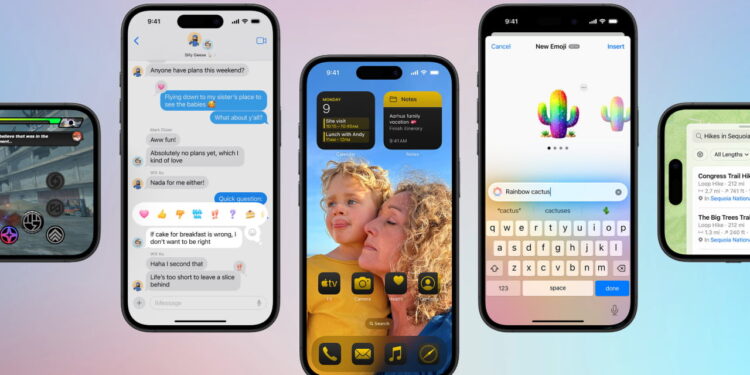With the recent release of iOS 18, Apple has taken a significant leap in enhancing iPhone communication capabilities by introducing support for Rich Communications Services (RCS). This upgrade not only aims to enrich the user experience but also bridges the gap between iPhone and Android communications. Let’s delve into the details of RCS on iPhone, its advantages, and how to check if your carrier supports this innovative feature.
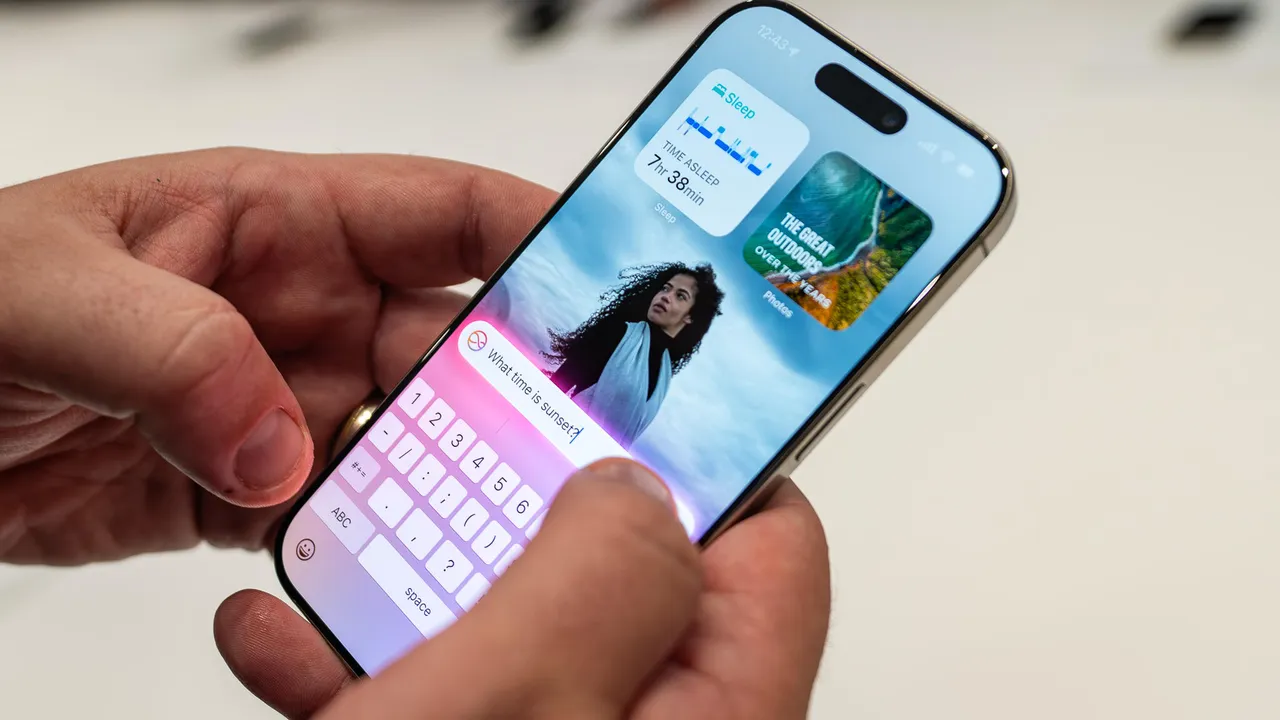
What is RCS, and Why Should You Care?
RCS is a modern take on traditional SMS, designed to provide a richer, more engaging user experience. This communication protocol allows iPhone users to send audio, video, and high-quality images, surpassing the capabilities of the standard text messages marked by the iconic green bubbles. Moreover, RCS introduces read receipts, a feature previously limited to iMessage and certain instant messaging apps, enabling users to see when their messages are read.
One distinguishing feature of RCS messages is their designation within the Messages app. Messages sent via RCS are labelled as “Text Message – RCS,” making them easy to identify in conversations. This small, yet impactful, distinction helps users understand the type of communication they are engaging in, especially when interacting with Android users.
Major Carriers Jump on Board with RCS
Upon the rollout of iOS 18, Apple updated its Wireless Carrier Support webpage to reflect which carriers have adopted RCS. In the United States, major carriers like AT&T, T-Mobile, and Verizon are at the forefront, offering RCS capabilities from day one. The support isn’t limited to the U.S.; some carriers in Canada, Europe, and Asia have also enabled RCS for their iOS customers.
This widespread adoption by carriers underscores the importance of RCS in creating a unified and enhanced messaging experience across different platforms, particularly in an era where digital communication is paramount.
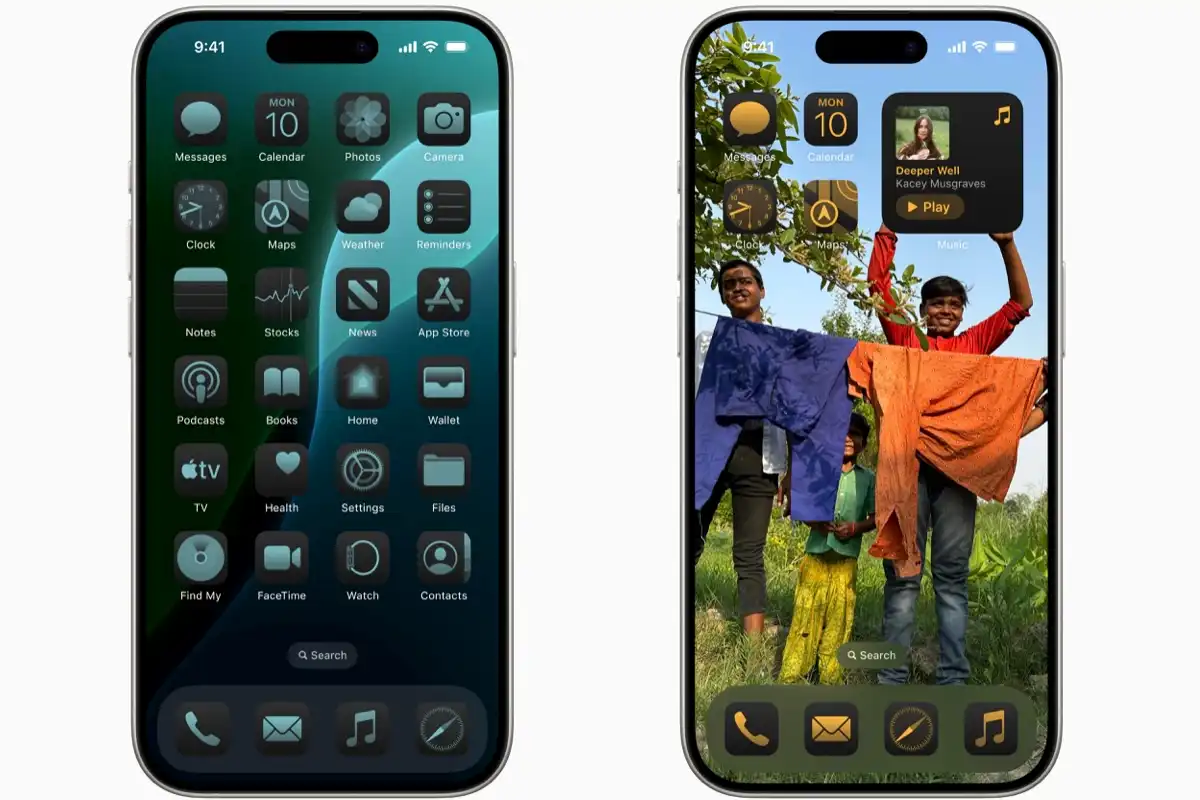
How to Enable RCS on Your iPhone
If you’re eager to start using RCS on your iPhone, the process is straightforward. First, ensure your device is updated to iOS 18, which is available for iPhone XR and later models. You can update your iPhone by navigating to Settings > General > Software Update. Once your device is running iOS 18, enabling RCS is just a few taps away:
- Open Settings.
- Go to Apps.
- Select Messages.
- Look for the RCS settings and enable them if available.
It’s important to note that the availability of RCS settings depends on your carrier’s support. If you don’t see an option for RCS, your carrier might not yet support this feature on iPhone.
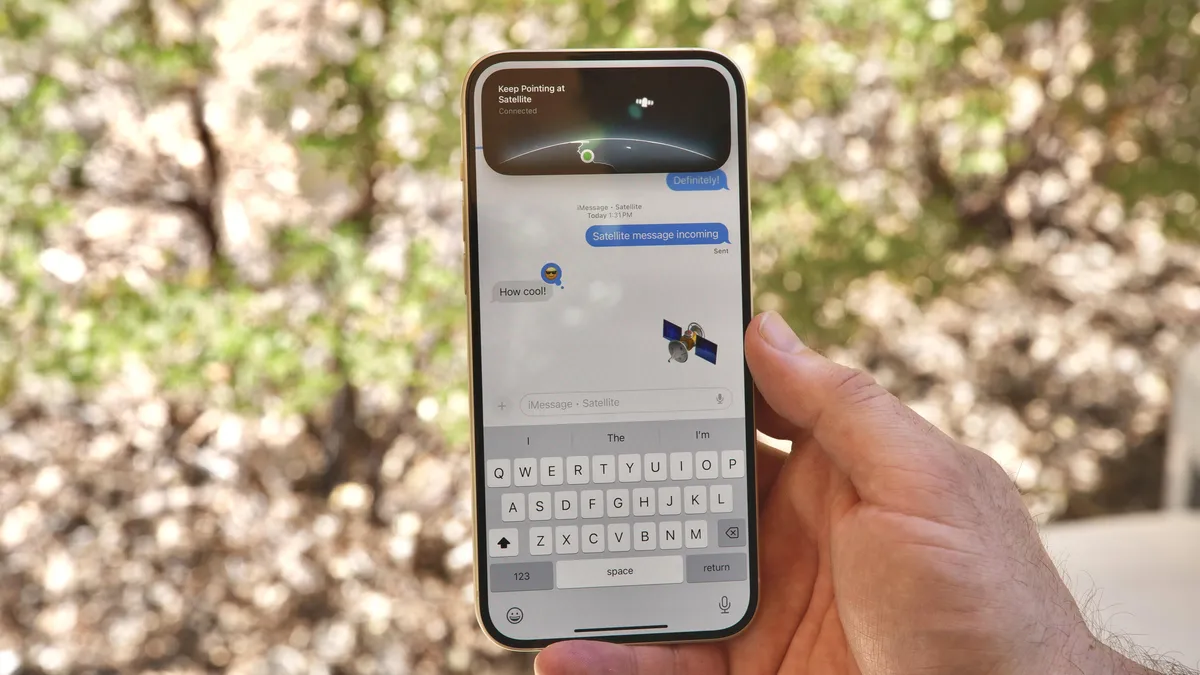
While the initial rollout of RCS on iPhone is promising, it is just the beginning. Apple and various carriers are expected to expand RCS support, making it more accessible to users worldwide. This ongoing development will likely enhance how we interact, making communication more seamless and integrated, regardless of the device or platform.
For users who have already updated to iOS 18 and are curious about RCS, checking carrier support is crucial. Apple’s dedicated webpage for Wireless Carrier Support is a valuable resource for this information. As carriers continue to collaborate with Apple, the landscape of iPhone messaging is set to evolve, bringing more robust and interactive features to users globally.
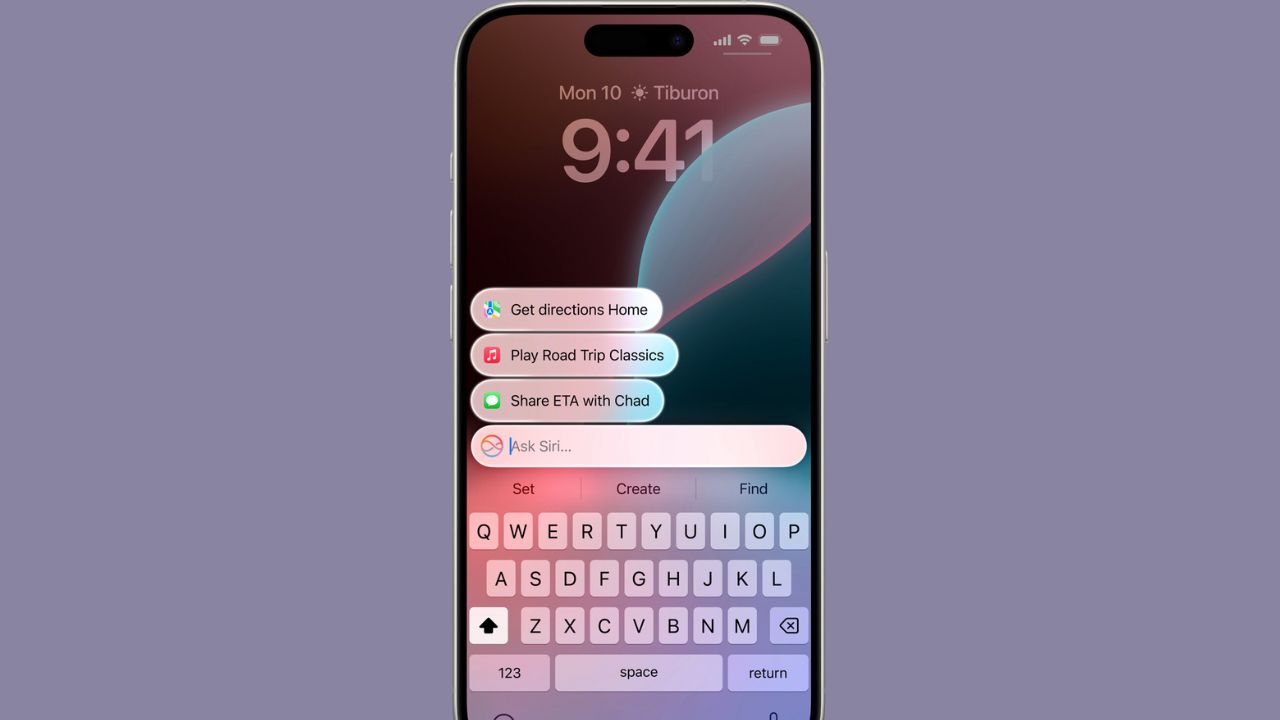
In conclusion, the integration of RCS in iOS 18 marks a significant development in mobile communications, promising a richer, more connected user experience. As this technology advances, iPhone users can look forward to more immersive and interactive messaging capabilities, reducing the barriers between different operating systems and enhancing the overall communication experience.

